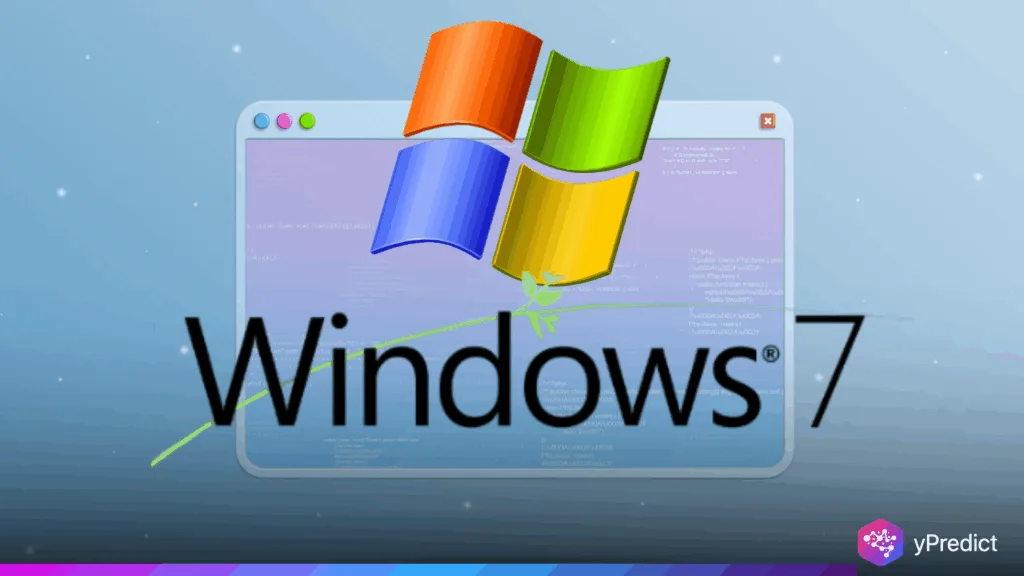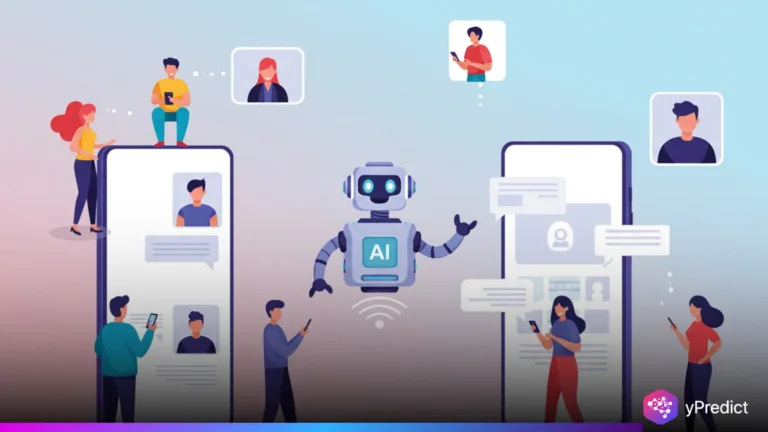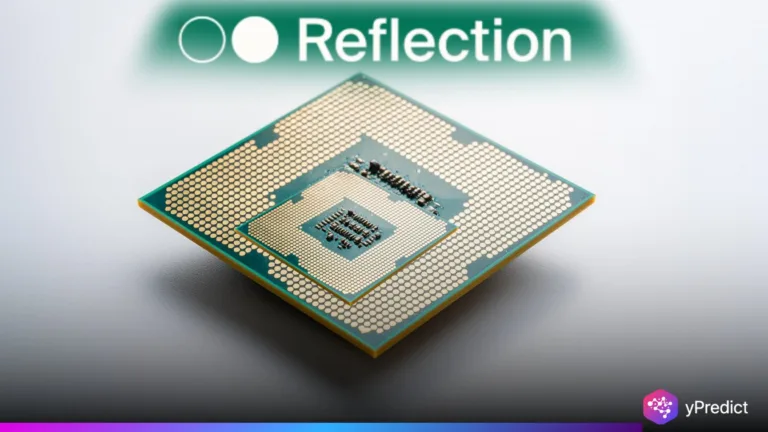
A peculiar pattern has confounded commentators this week. Statcounter data paints a similar picture, with Windows 7 usage increasing from less than 2% to 9.61% in September 2025. That’s incredible for an OS that was retired in 2020 and has been mostly unmaintained since then. The timing is also tempting — Windows 10 support expires October 14, 2025. Tech watchers are now debating whether this spike is genuine user activity or the result of covert AI scraping bots. Brian Roemmele’s allegation that bots posing as Windows 7 machines have sparked new concern over how AI firms collect data from the web.
Why Does the Math Not Work Out
It’s funny how fast Windows 7 starts up. Not actual users, who also don’t tend to swarm back to legacy OSs, particularly with Windows 11 so accessible. Statcounter’s rise from almost imperceptible to almost 10% in just a few months, to me, seems cooked.
Roemmele points to bots. They also regularly mutate their user agent strings to bypass site defenses. Anti-bot utilities will look for freakish new browser or crawler user agents. But by masquerading as Windows 7 boxes, bots can fly below the radar.
Here’s a typical disguise: Mozilla/5.0 (Windows NT 6.1; WOW64; rv:40.0). To most servers, it just looks like an old but innocuous browser. In fact, it might be an AI model surreptitiously harvesting data.
Why now? AI startups are hungry for training data. Web scraping serves this demand, with bot traffic approaching 50% of visits. Imperva’s 2023 research found bots outnumber humans online.
It also makes the data spike more likely to be bot-driven. A real human return to Windows 7 would be slower, bound to mired legacy apps or nostalgia. Rather, the rate and volume are more reflective of bot traffic than actual use.
Alternative Explanations and Risks
Not everyone is convinced by the bot theory. Others highlight pragmatic reasons to sustain Windows 7. Legacy software is one example. Gamers mention legacy releases such as Fallout 3, which run optimally on older machines. A few organizations also depend on legacy apps that do not run nicely on new ones.
There’s also the honeypot angle., a security researcher, we sometimes keep vulnerable systems like Windows 7 just to attract attackers. These configurations allow them to delve into risk in an unrestrained manner. If these systems go global, they could affect traffic reports.
Others worry about darker possibilities. Unpatched OSes remain hacker-low-hanging-fruit. A surge in Windows 7 devices could be a sign of a purposeful hack to take advantage of older vulnerabilities. Microsoft itself cautions against the use of end-of-life systems since they no longer receive important security updates.
But the magnitude of that jump–from near zero to nearly 10%–is hard to account for based on population alone. Not even retro users or niche industries would shift the dial that much. Bots, however, could. If millions of bots masquerading as Win7 traffic, StatCounter could get a phony boom. The danger is not just confusion. Misread numbers skew our picture of world technology usage.
Conclusion
Windows 7’s secret sauce is fewer humans and more robots. For instance, AI scrapers mask themselves with legacy user agents to bypass blocking. It accounts for exploding growth in usage much more plausibly than human nostalgia or legacy software lock-in. But outlier thinking — from honeypots to cyber blasts — still has our eye. But the episode exposes a more serious problem — how bot traffic obscures the line between human and bot. As AI changes, web activity metrics will have to as well. Otherwise, we confuse machine habit with human choice.






